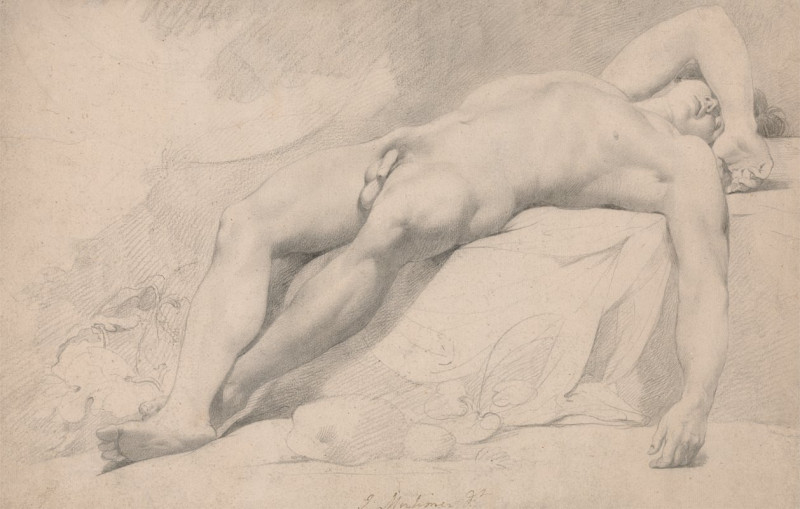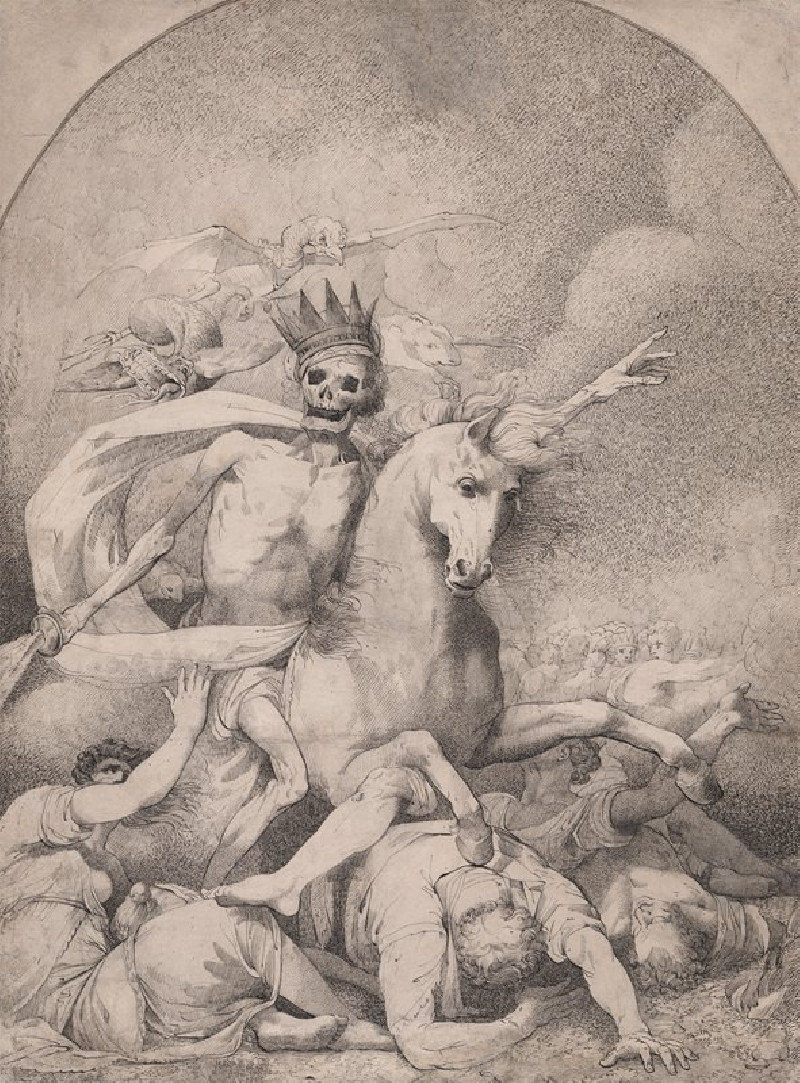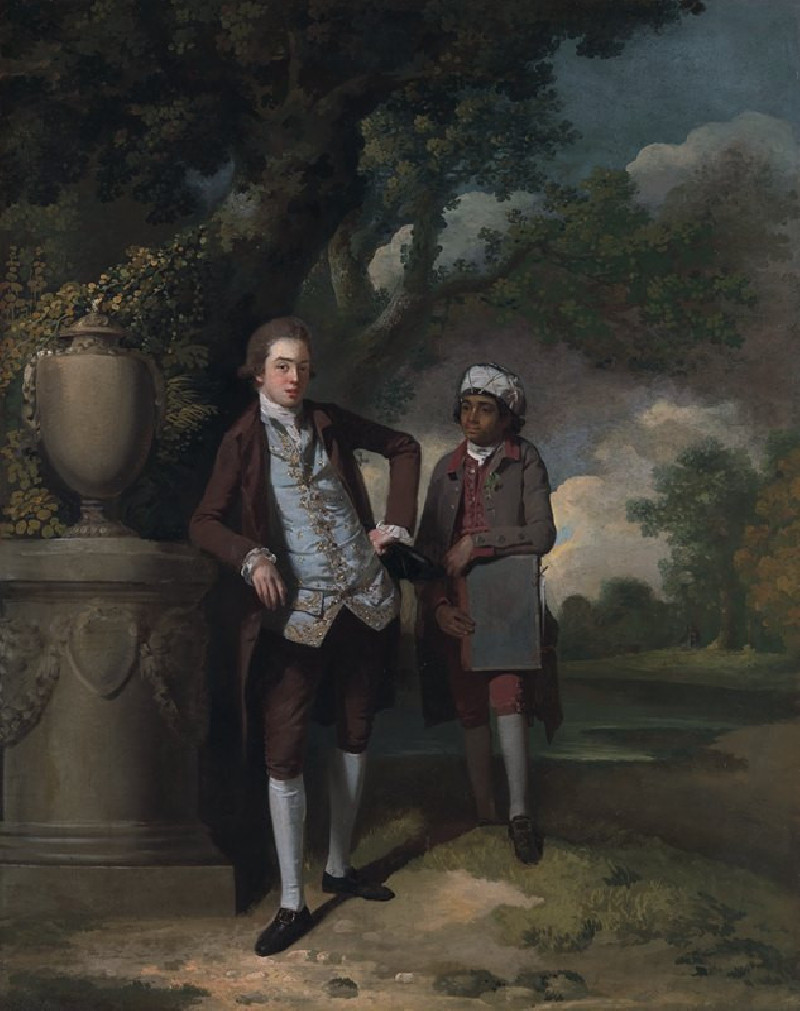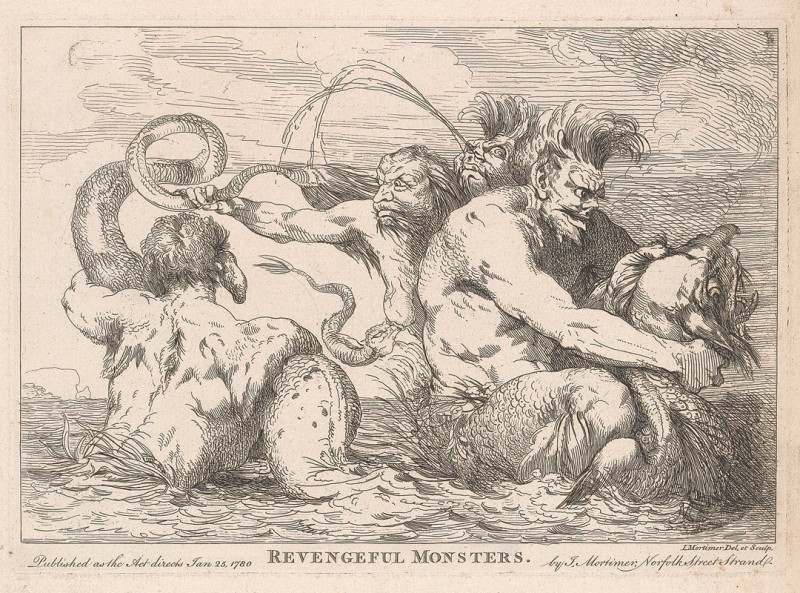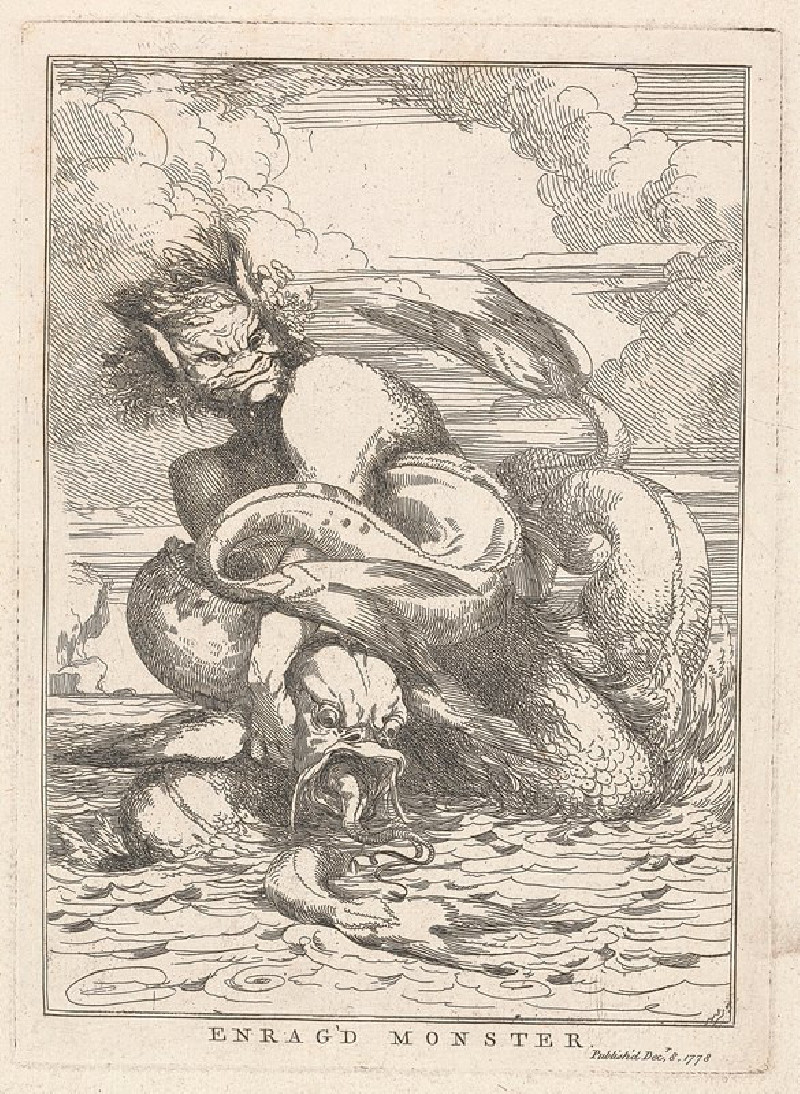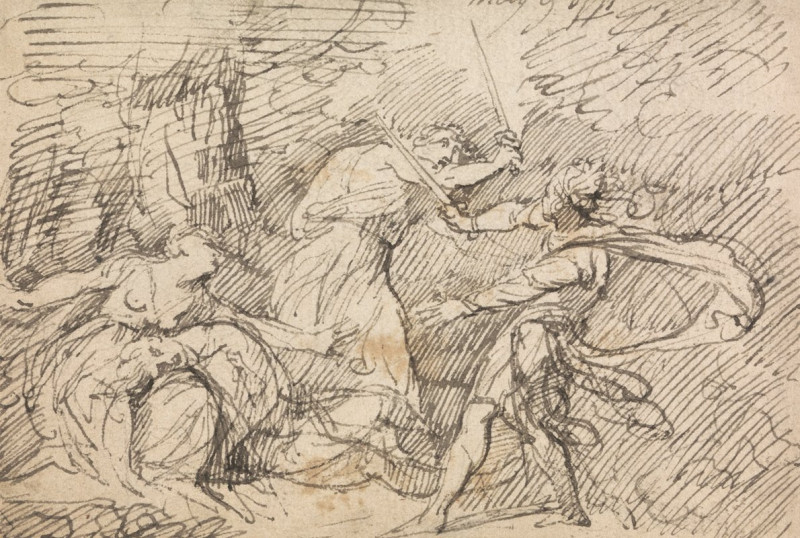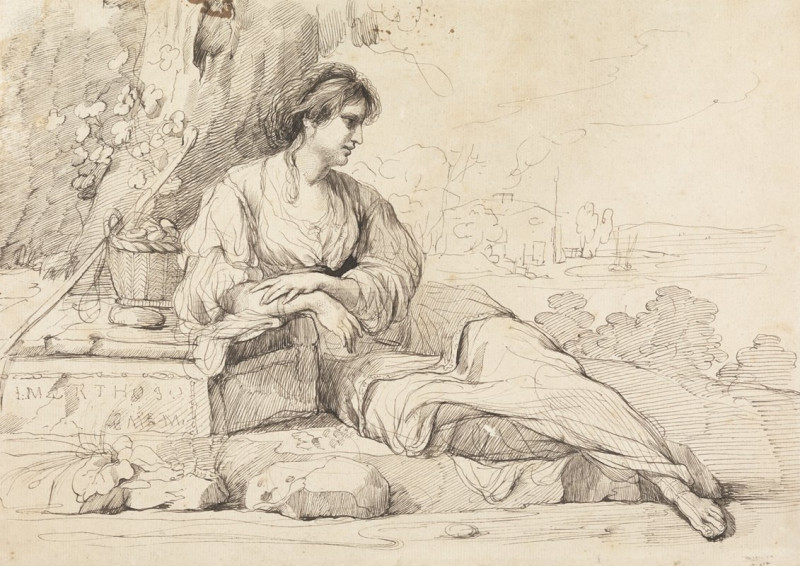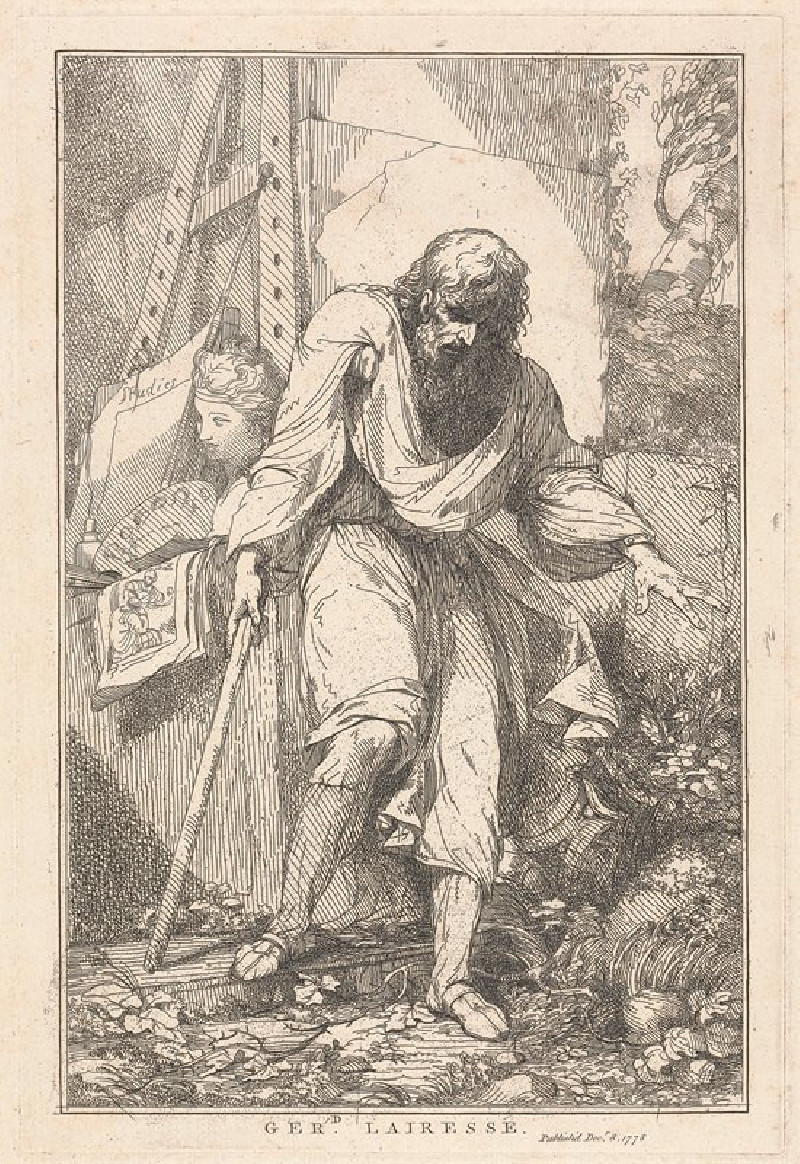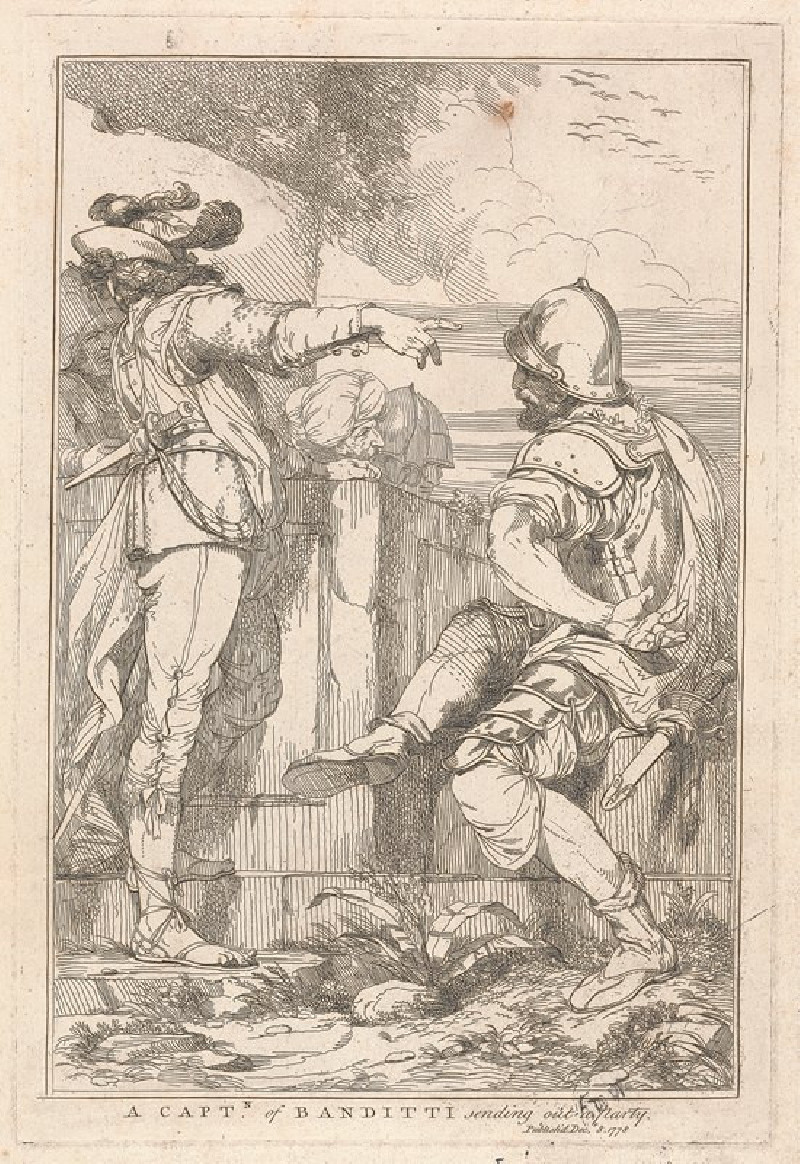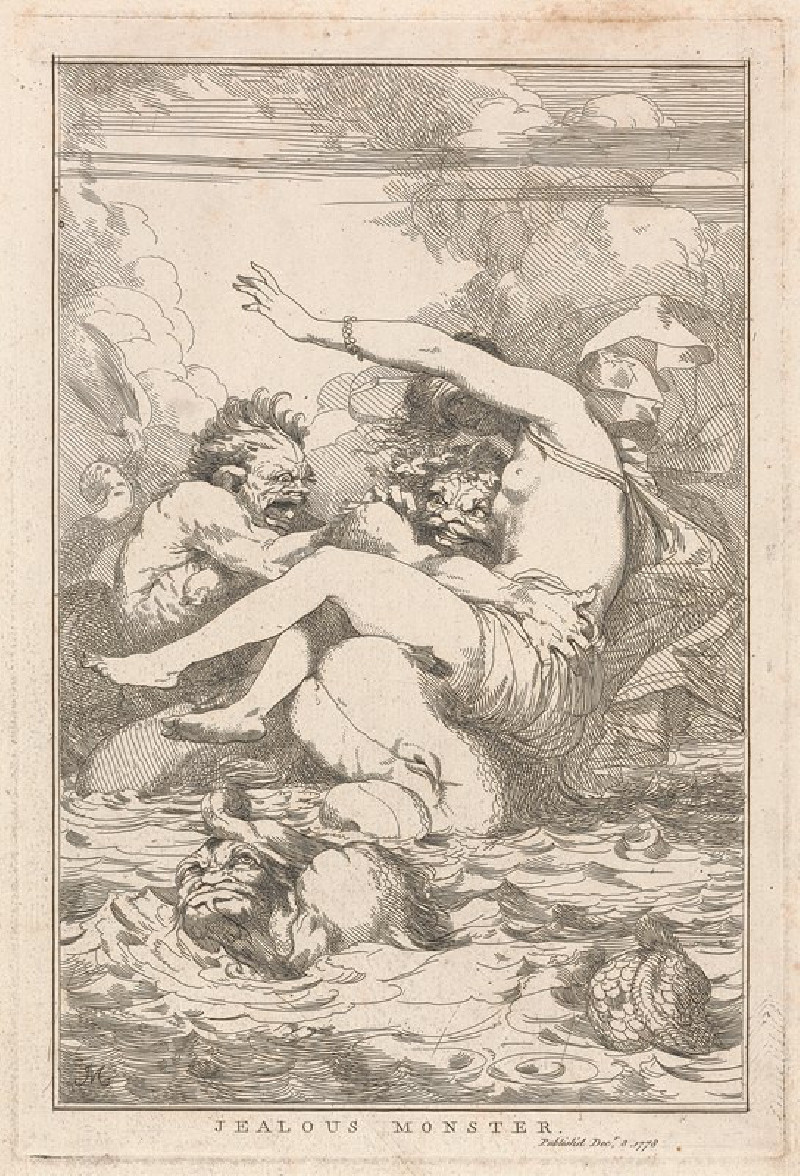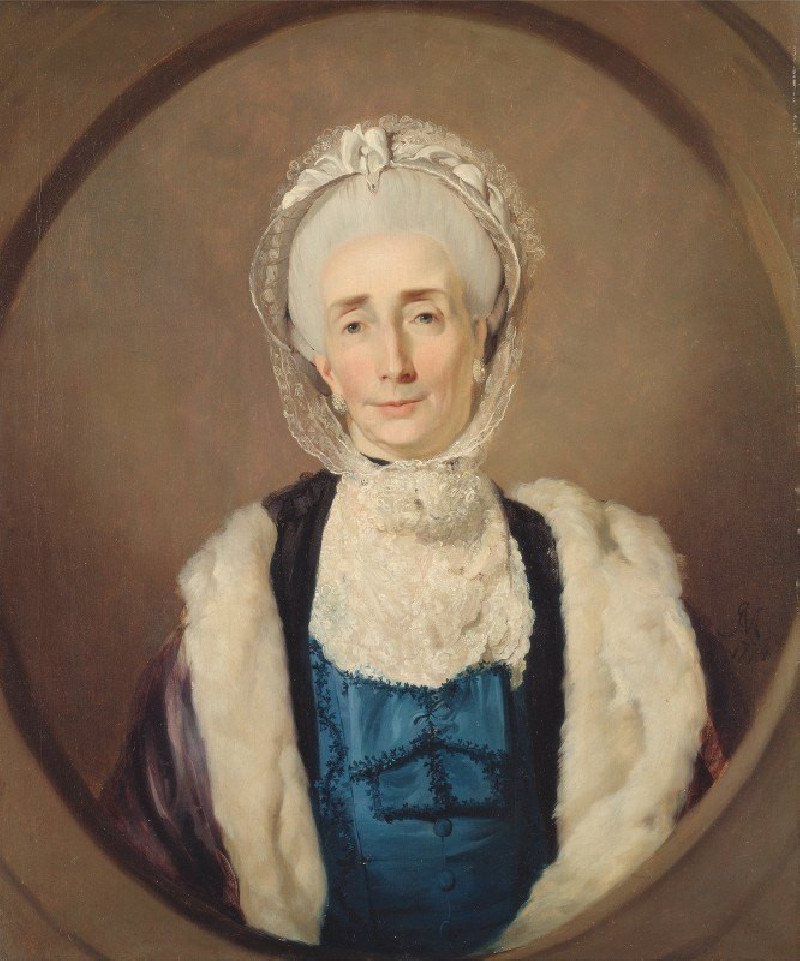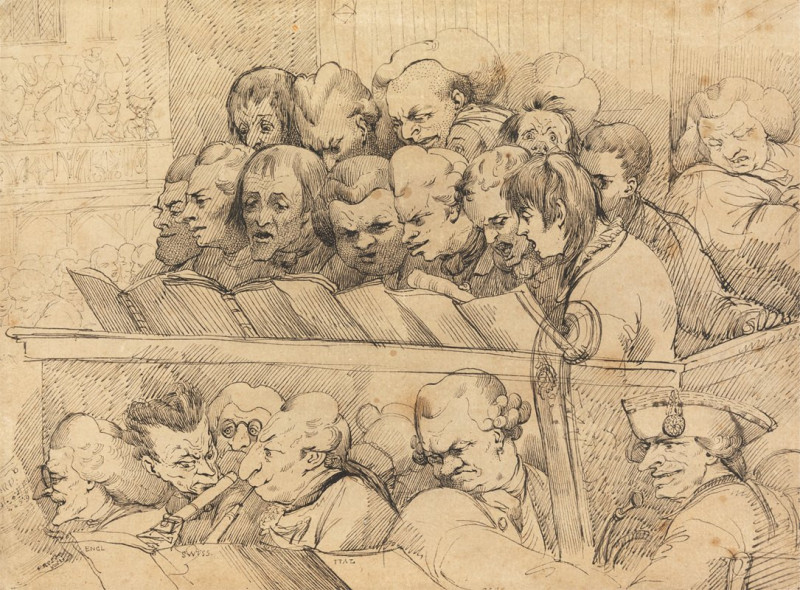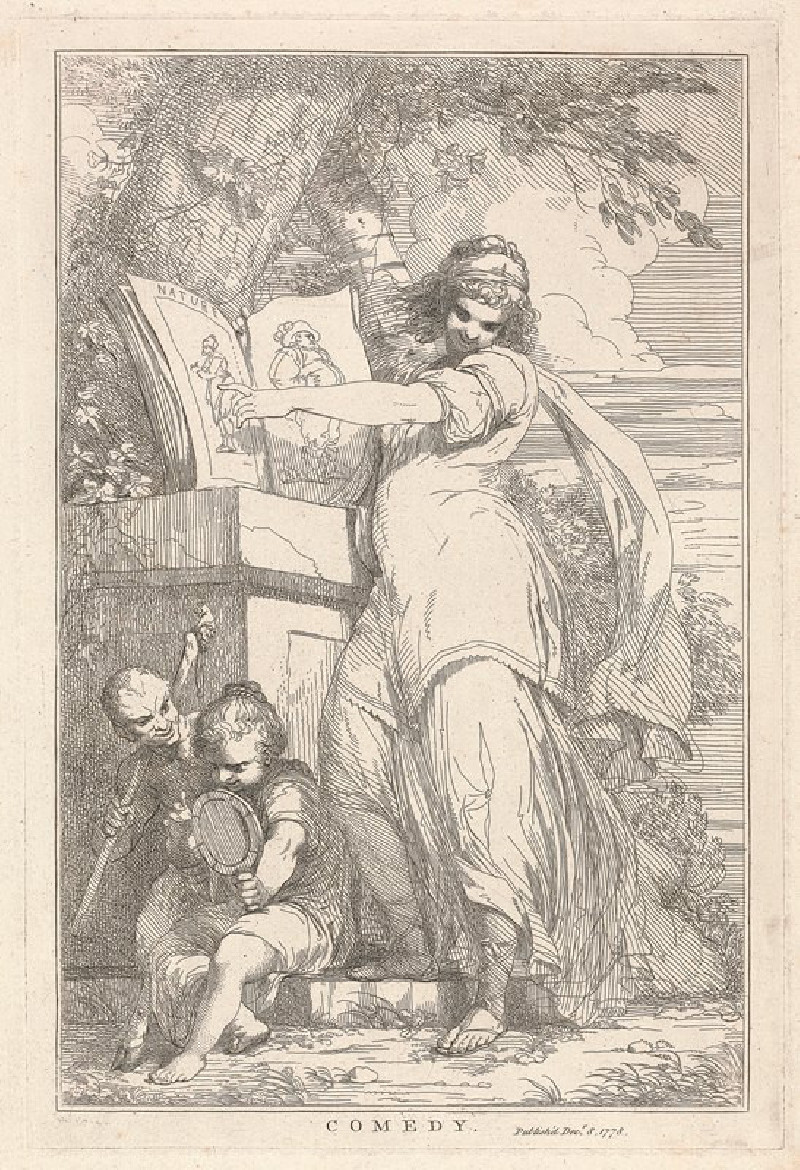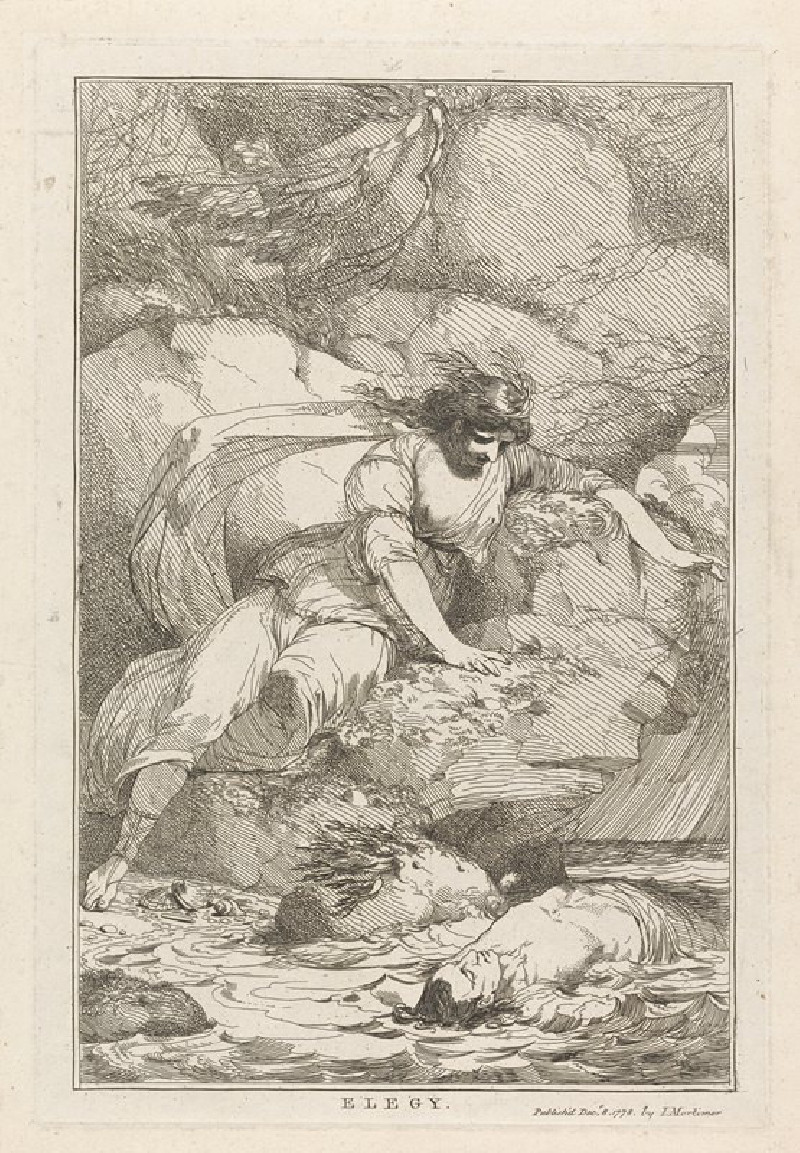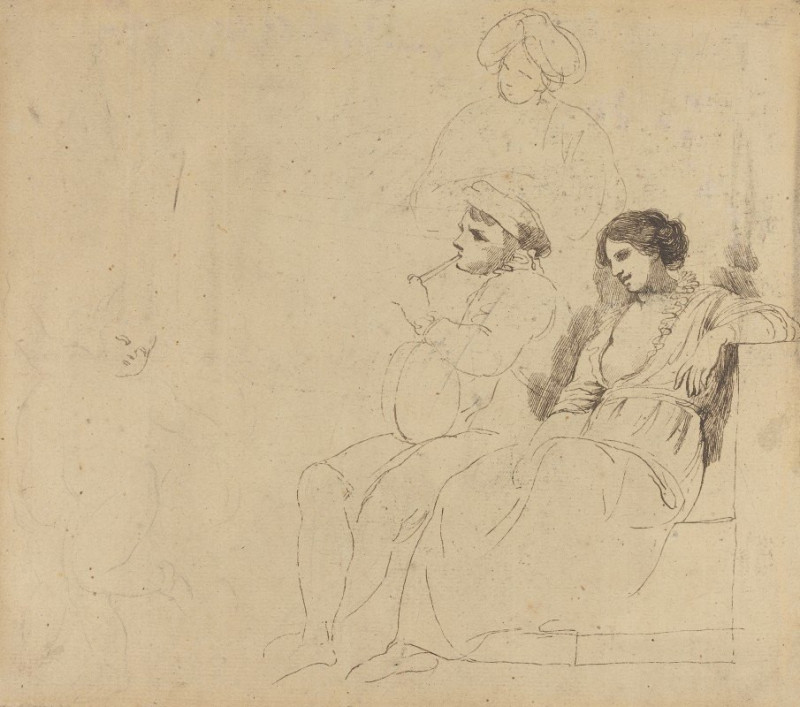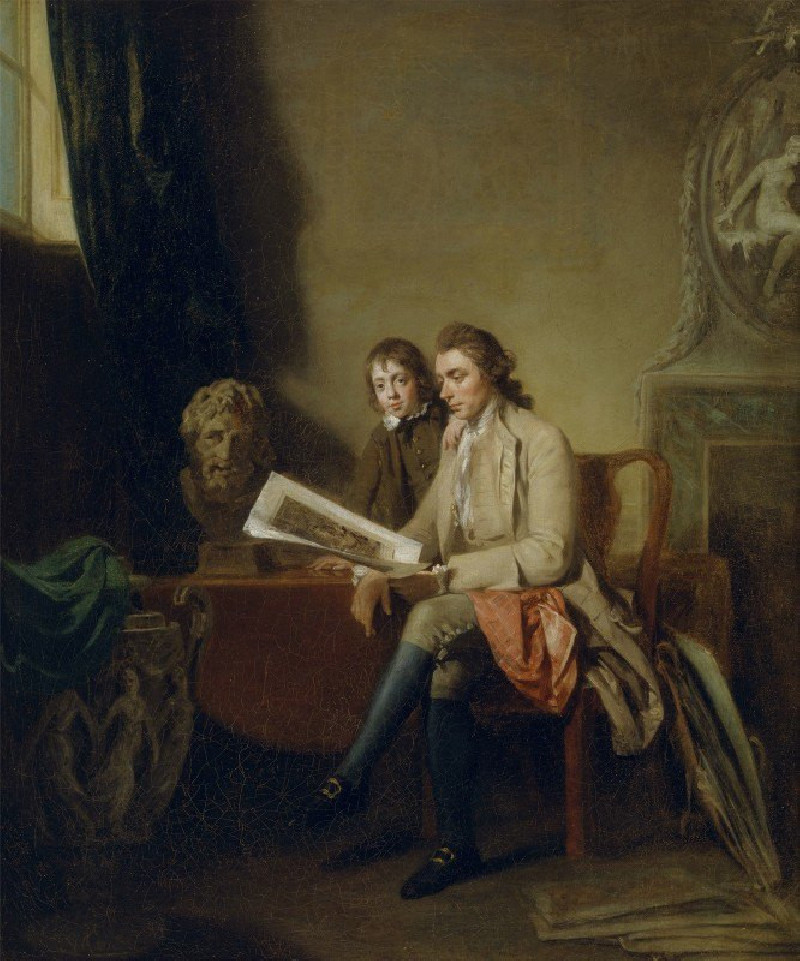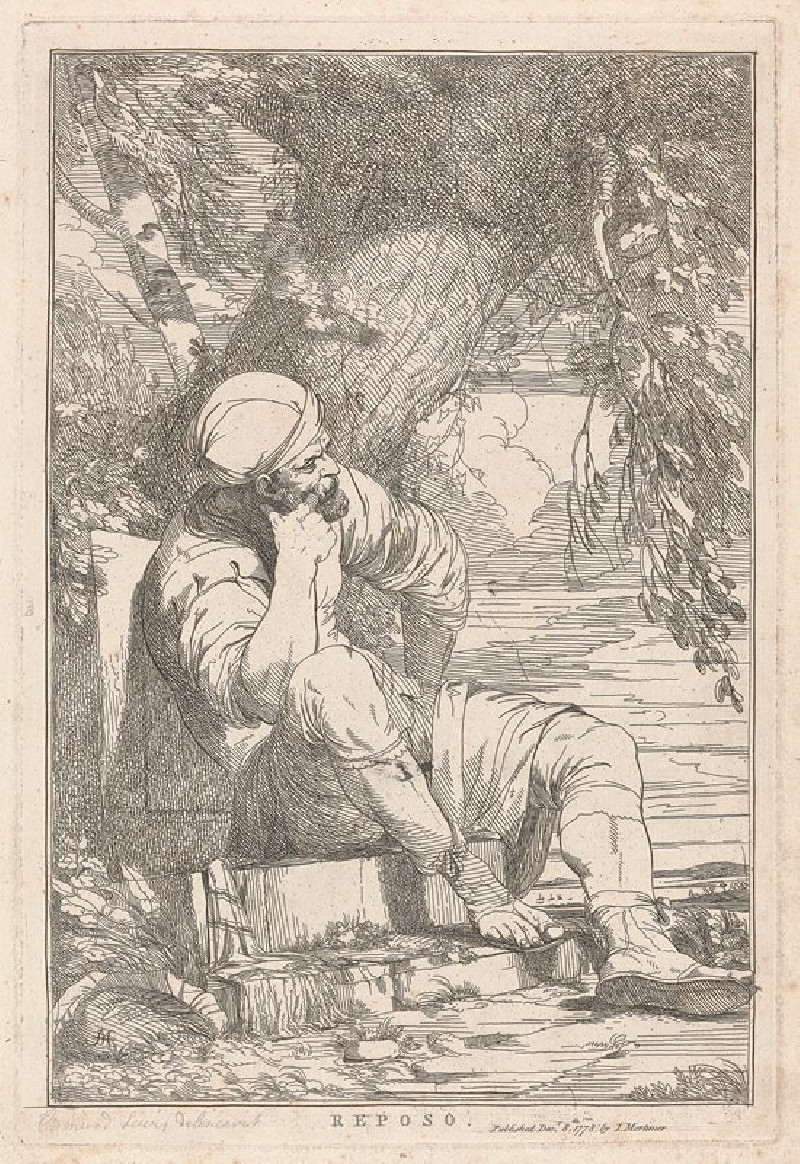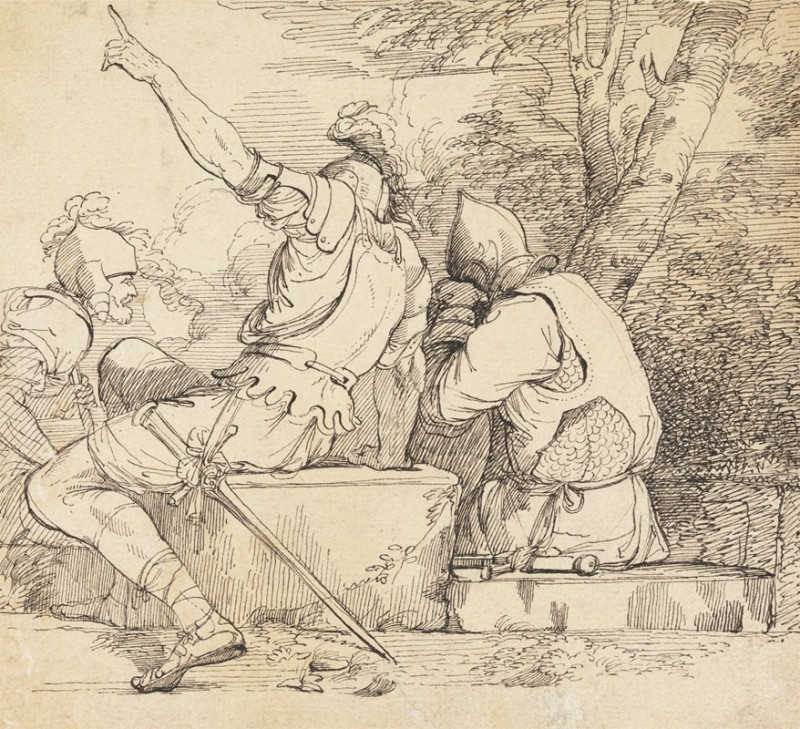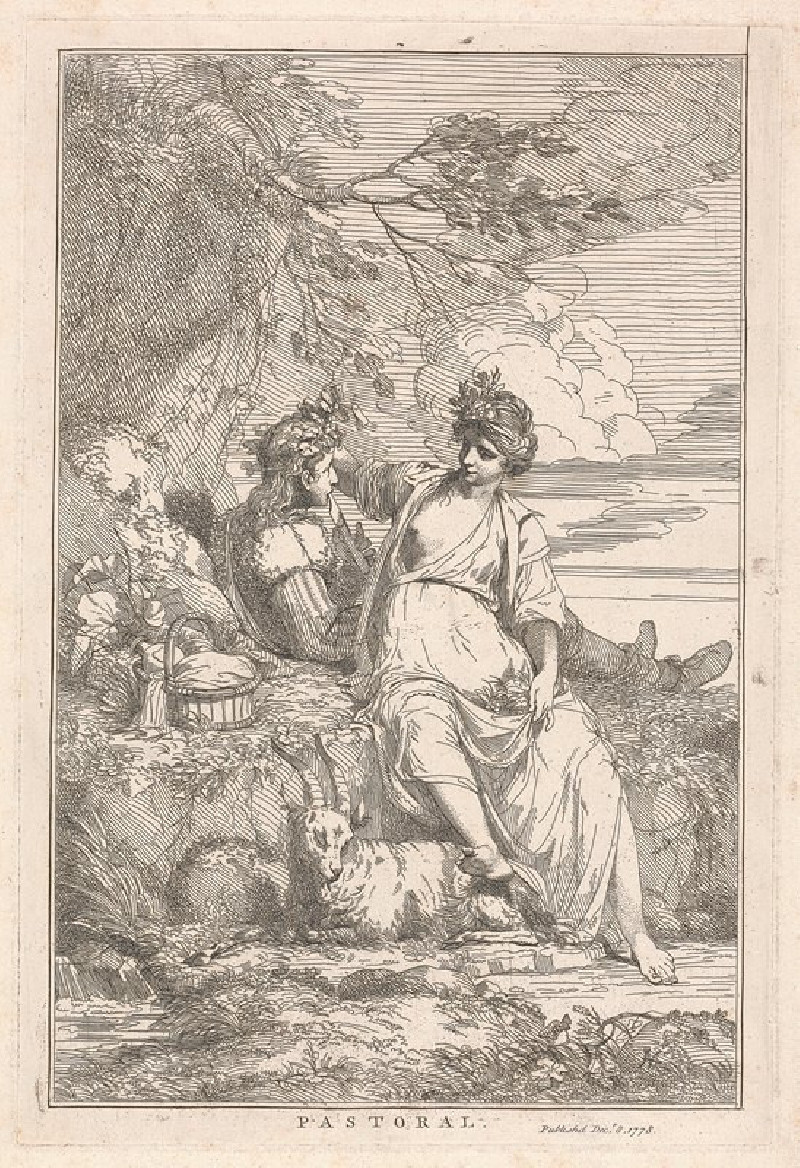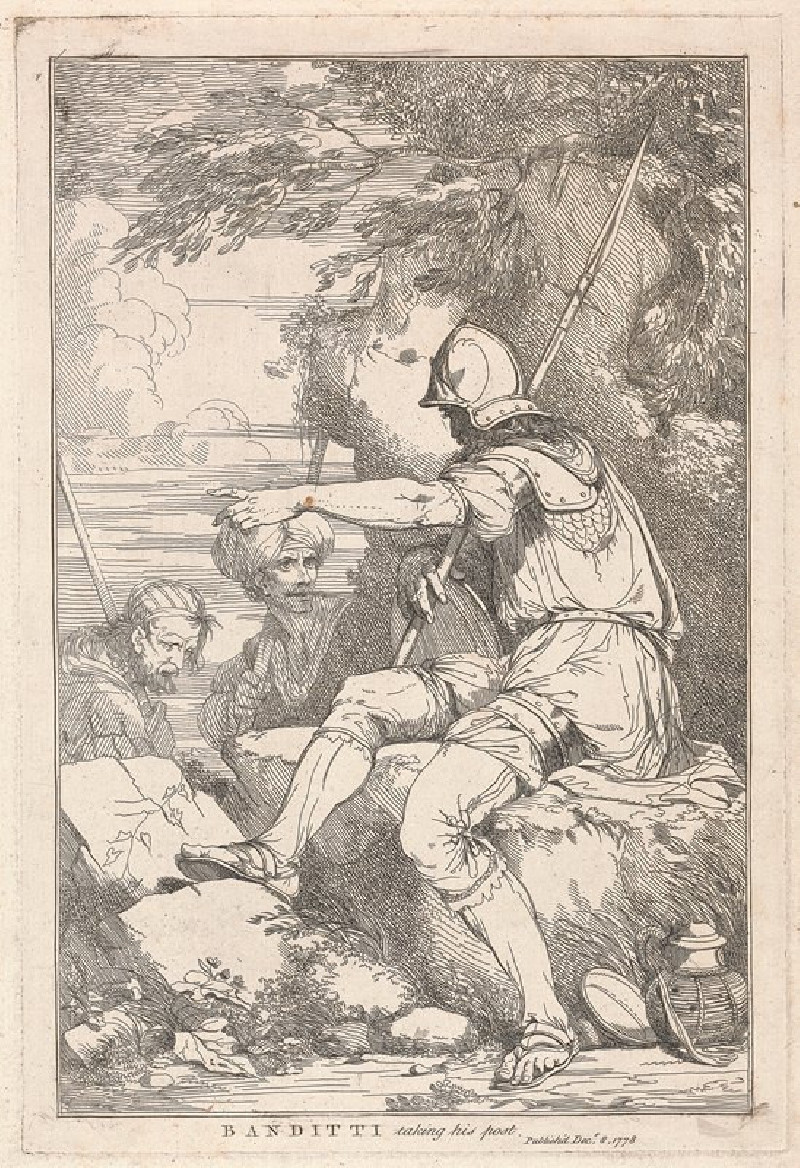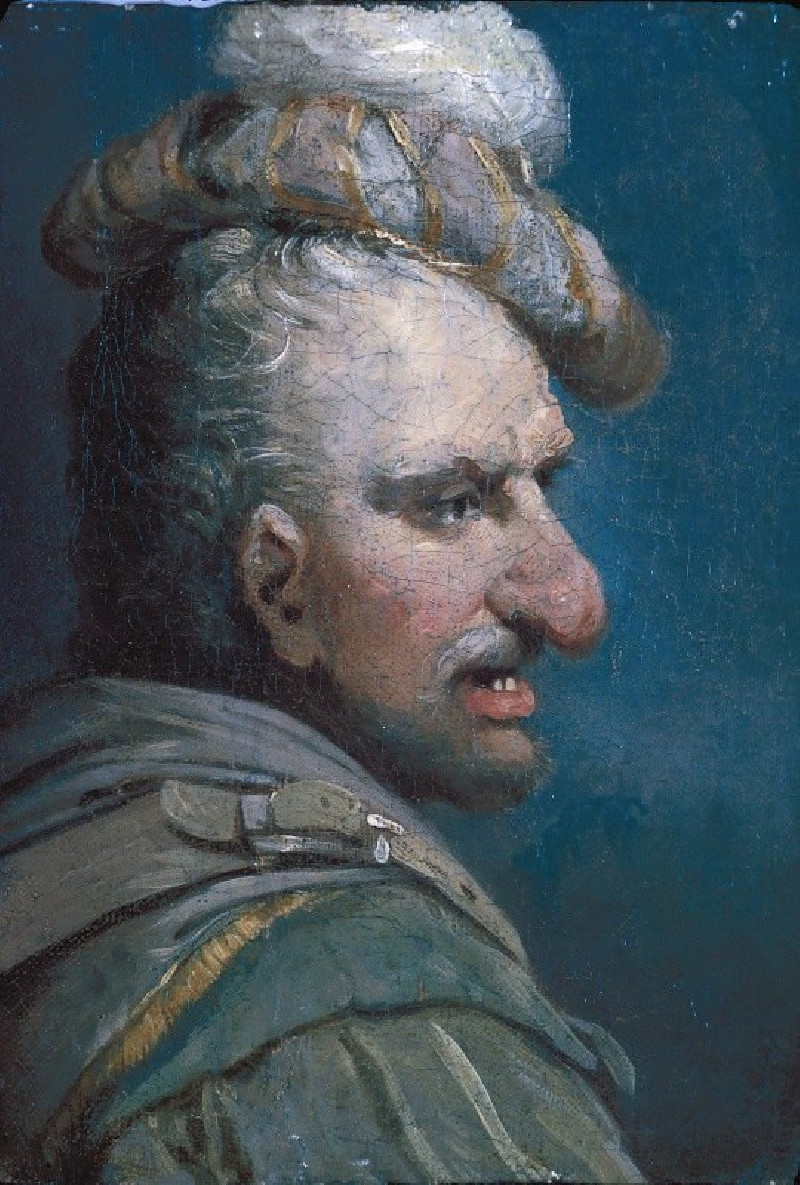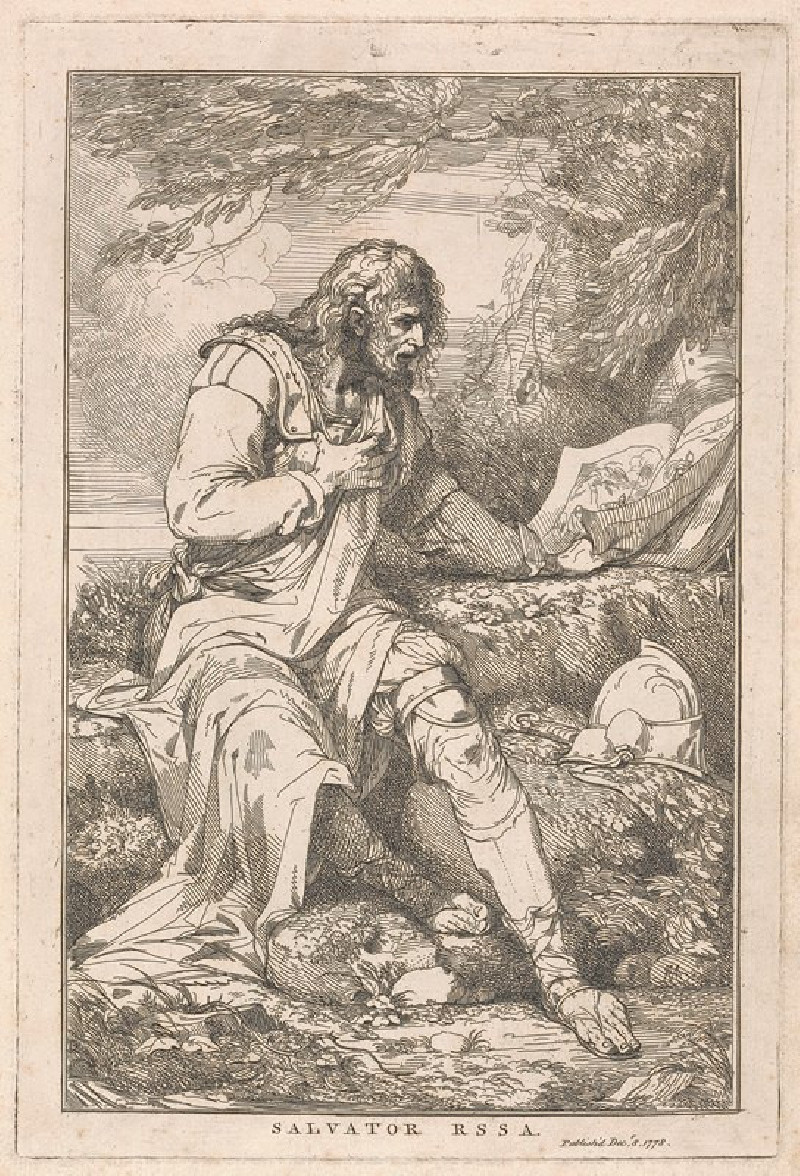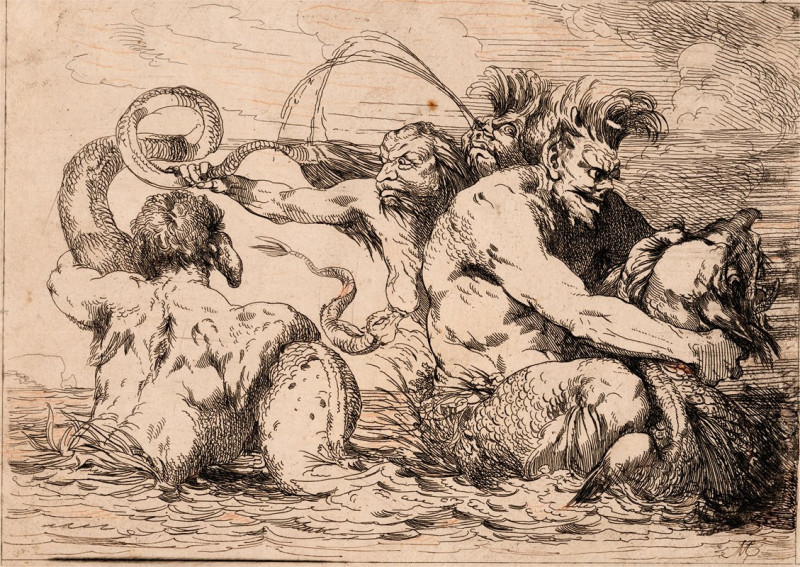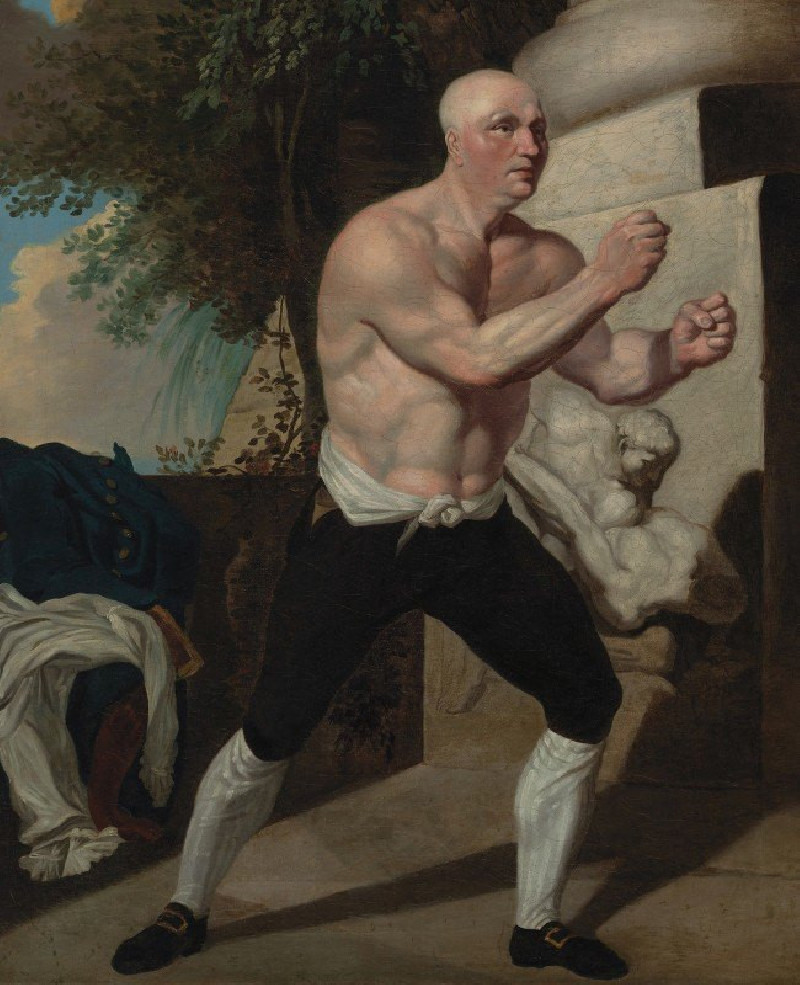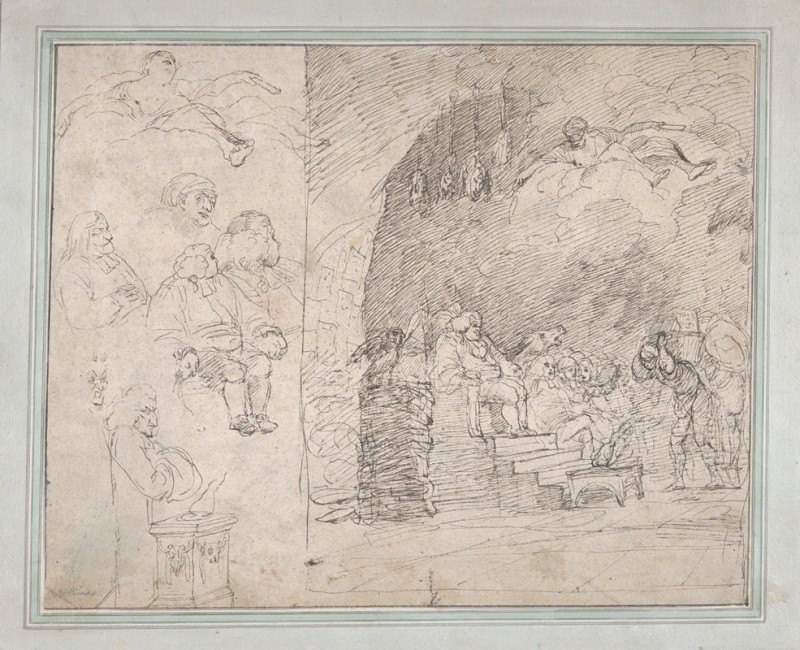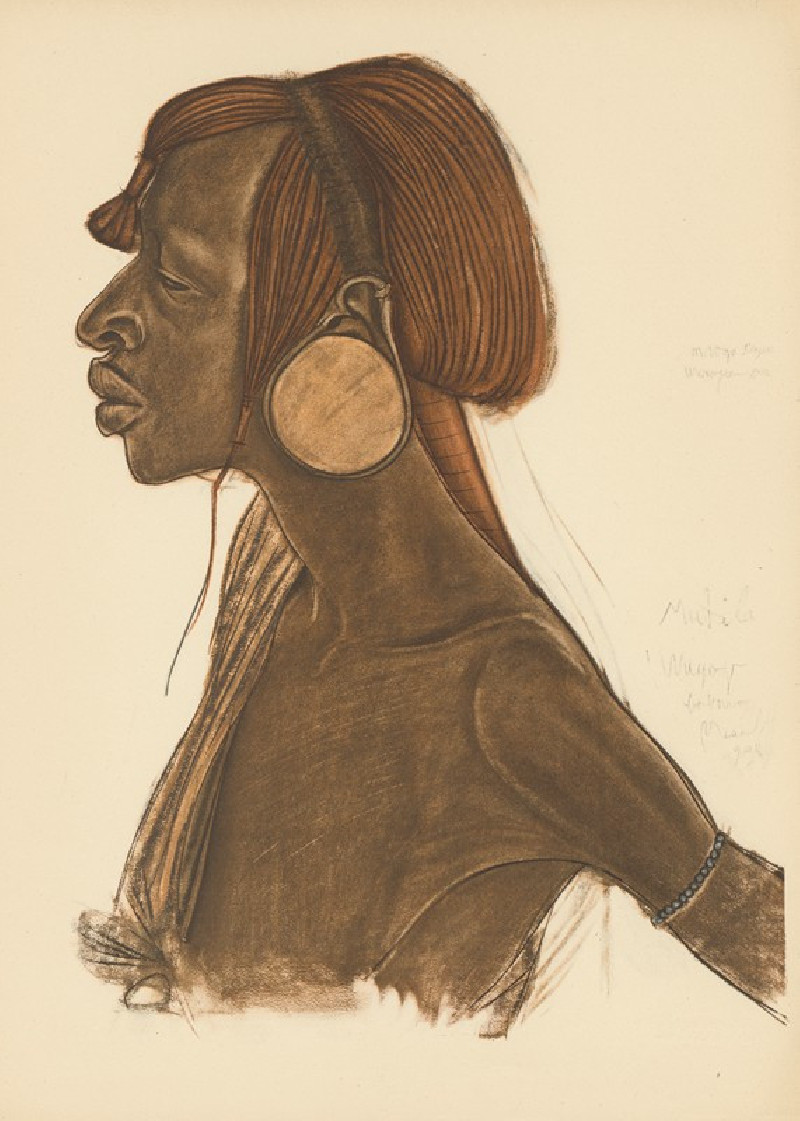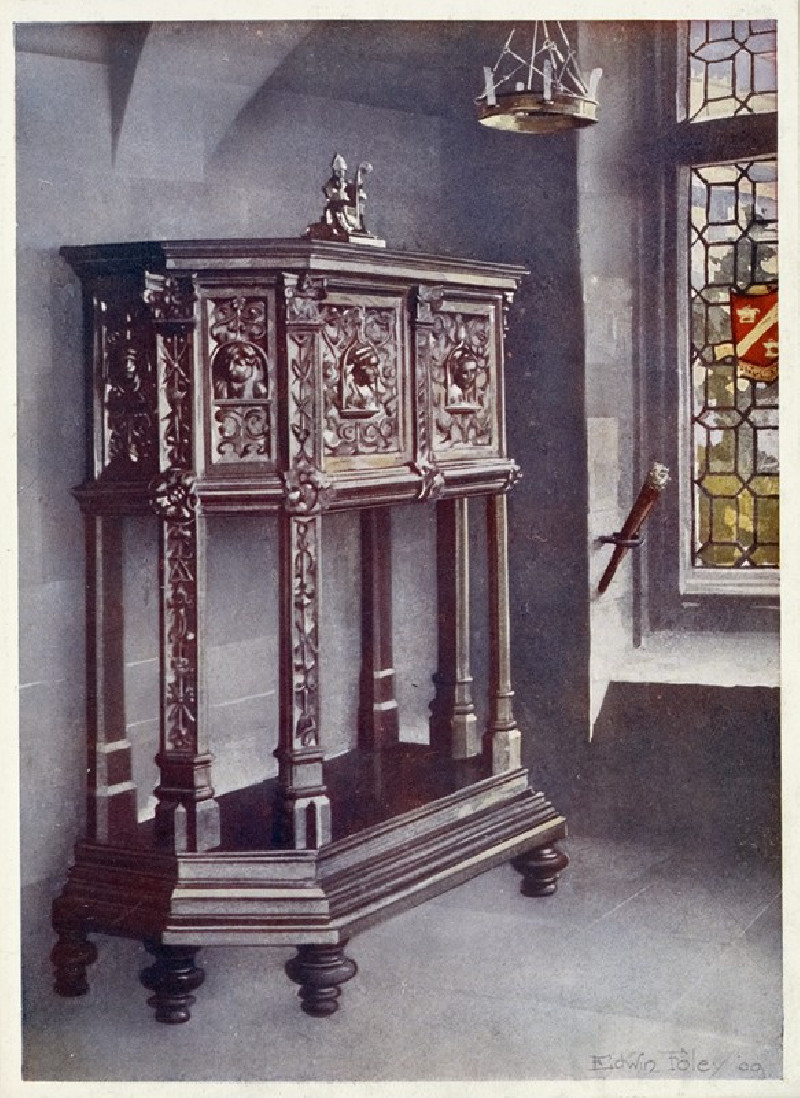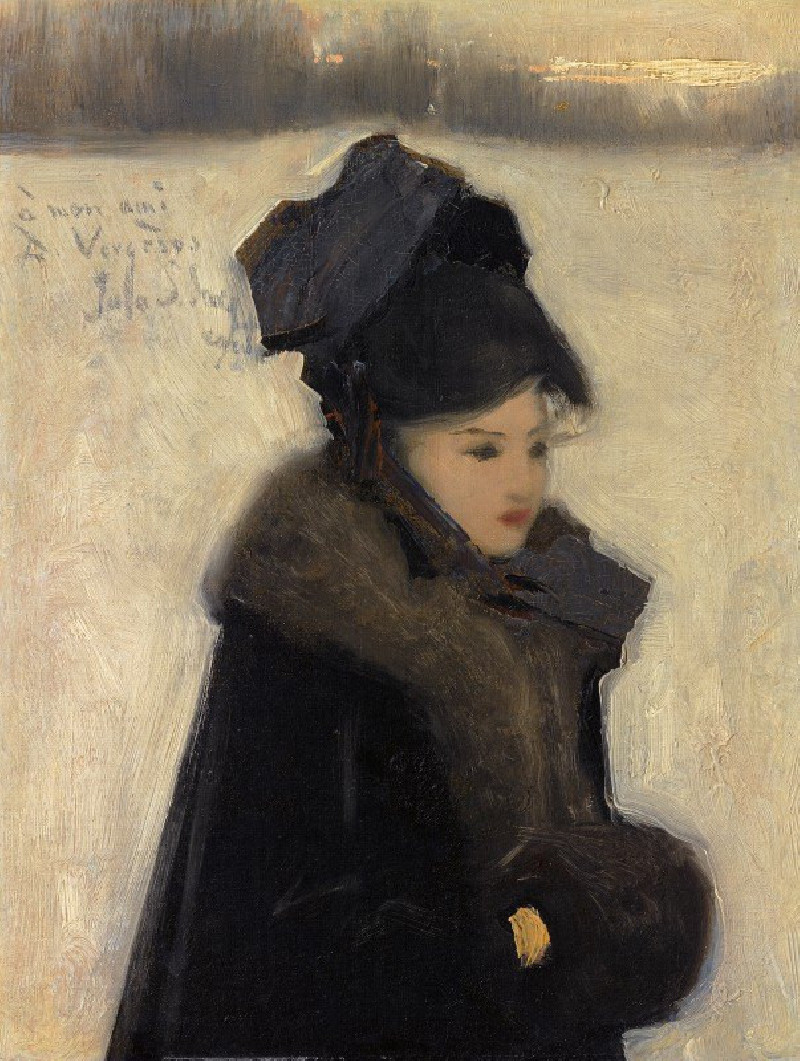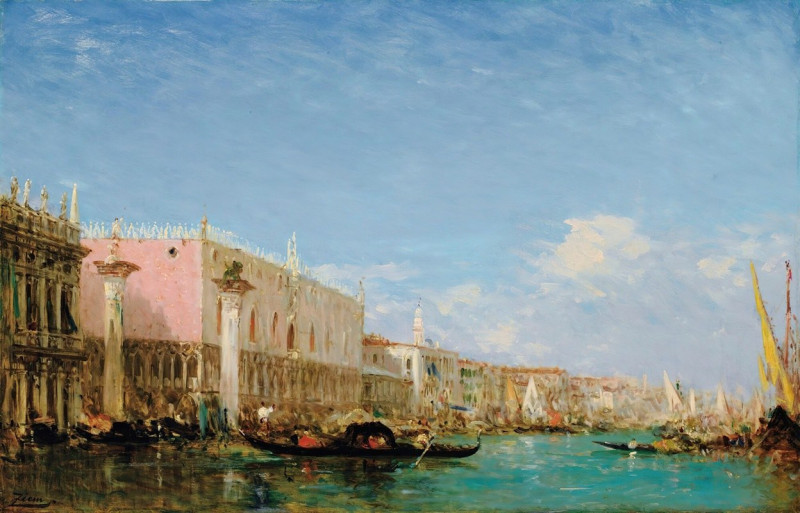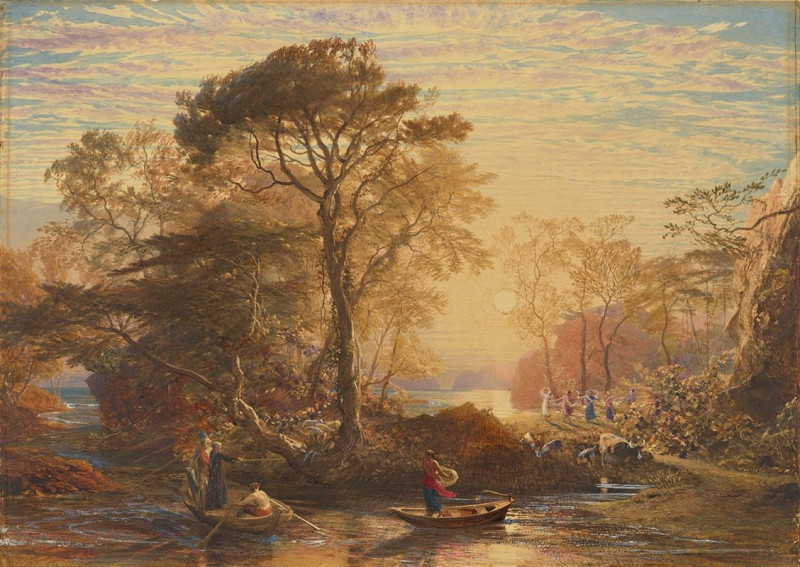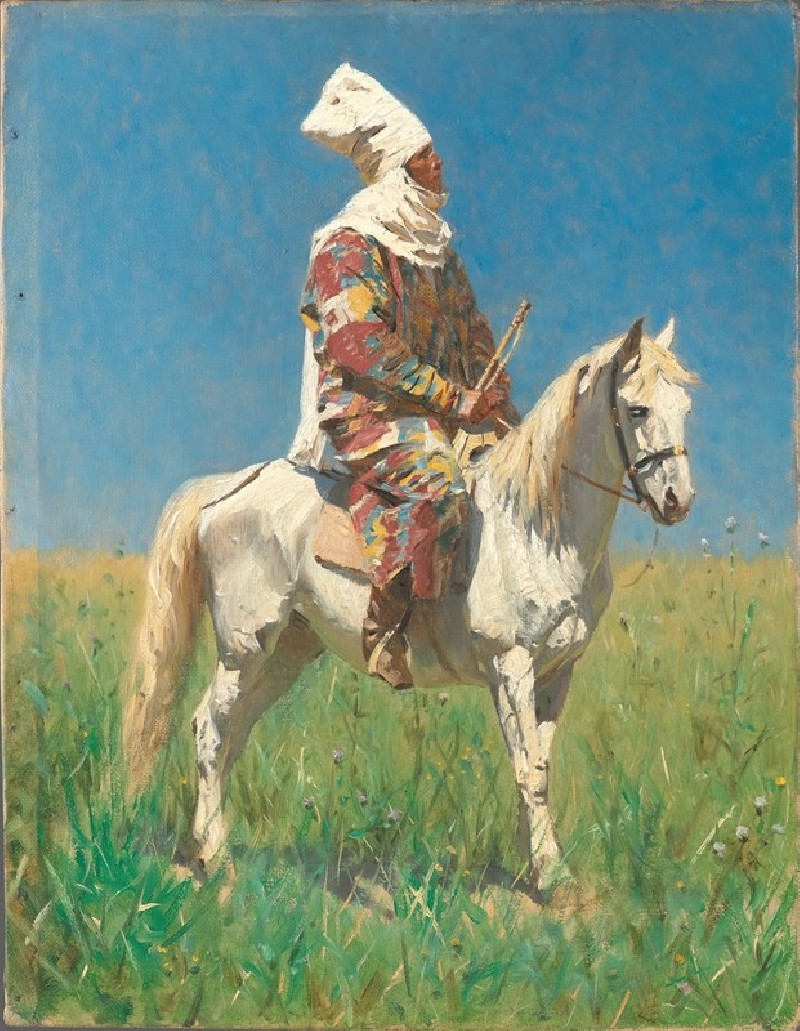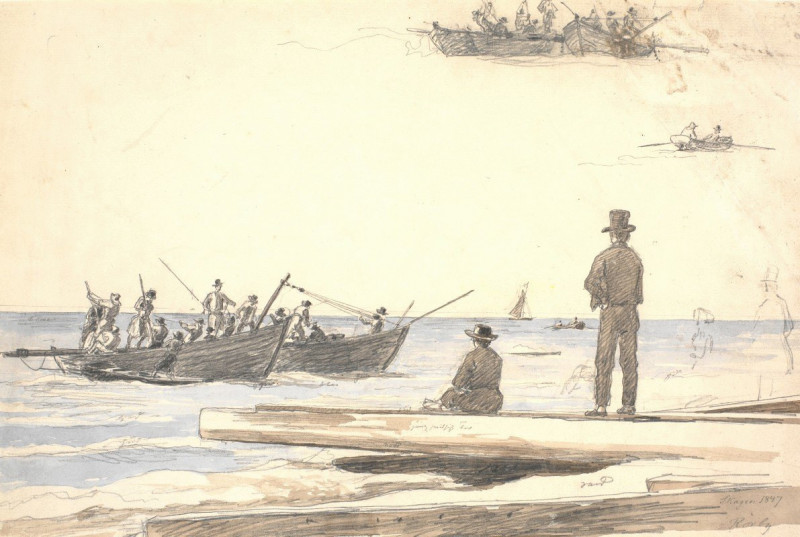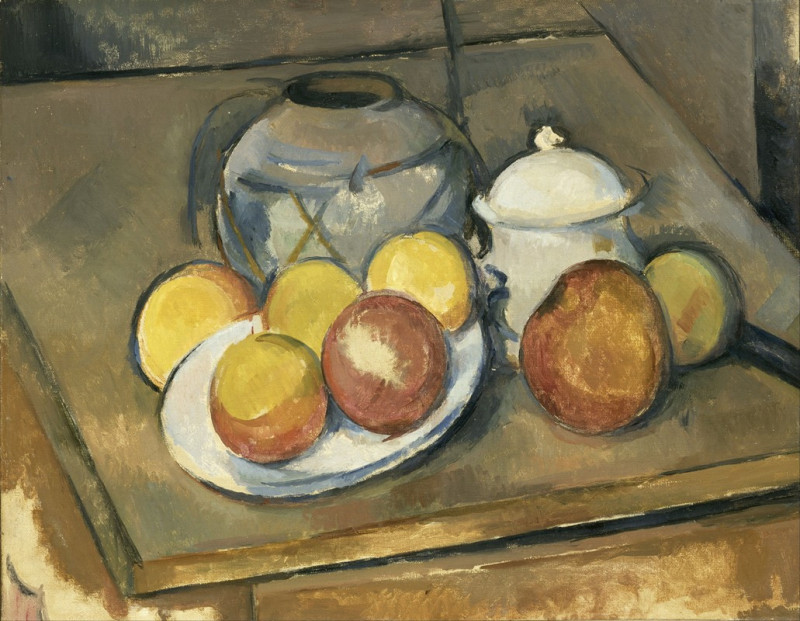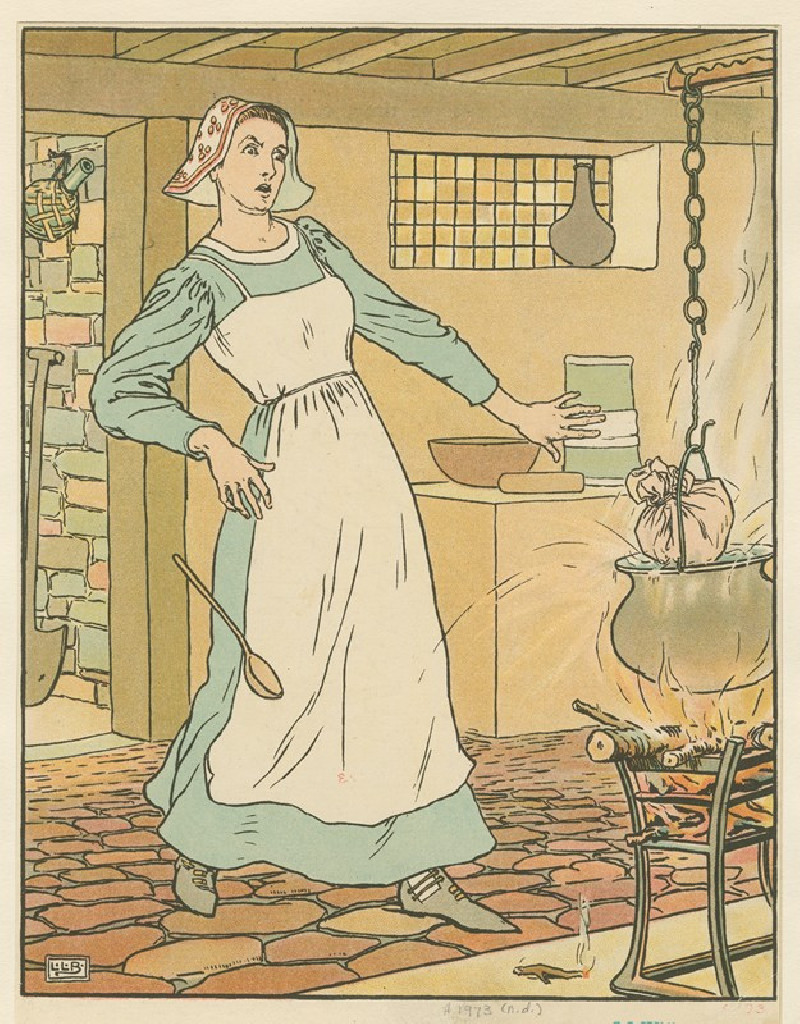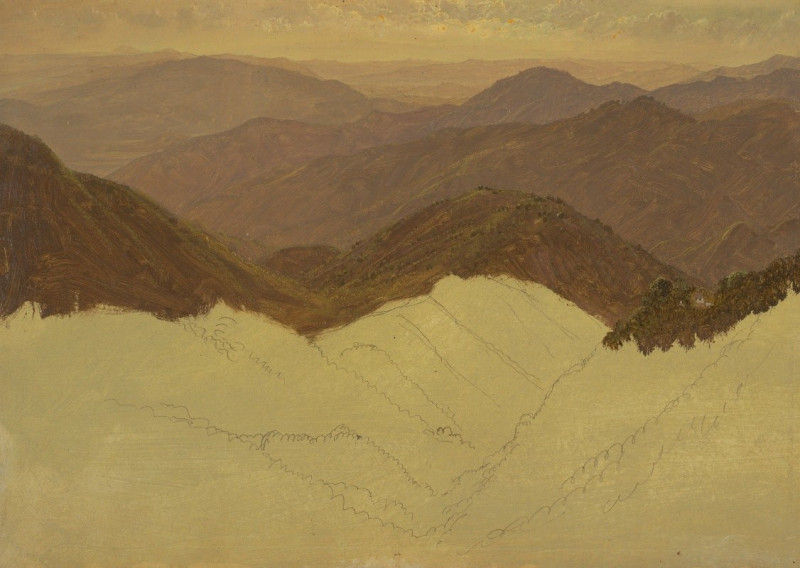Musical Monster (1778)
Technique: Giclée quality print
Recommended by our customers
More about this artwork
Welcome to our exploration of John Hamilton Mortimer's intriguing 1778 etching, "Musical Monster." This captivating artwork draws the viewer into a fantastical realm where the mysterious and the musical intertwine.The central figure in this etching is an enigmatic creature, part human and part beast, that lounges amidst a wild, watery landscape. This figure, akin to a classical river god, exudes a sense of both languor and intensity. The creature's upper body is that of a muscular man adorned with a laurel wreath, suggesting a connection to ancient Greek and Roman mythology, frequently symbolic of victory and artistic achievement.In a curious juxtaposition, the lower body of this 'monster' morphs seamlessly into a serpentine form, reminiscent of a sea creature or dragon, which undulates into the water around it. This transformation adds a layer of intrigue and complexity to the figure, challenging the viewer's perception of what defines a monster.Intriguingly, the creature is engaged in playing a pan flute, a musical instrument often associated with pastoral scenes and the rustic deity Pan. The gentle, yet dynamic lines of the etching give movement to the scene as if the mysterious melodies played could be stirring the waters themselves.Alongside this central figure, a second figure—also part human, part beast—reclines in slumber. With a more subdued presence, this character contrasts with the musical activity and seems to represent a state of rest or perhaps even enchantment induced by the melody.Mortimer's "Musical Monster" invites viewers to delve into themes of nature, mythology, and the arts.
Delivery
Returns
John Hamilton Mortimer was a British figure and landscape painter and printmaker, known for romantic paintings set in Italy, works depicting conversations, and works drawn in the 1770s portraying war scenes, similar to those of Salvator Rosa.
Mortimer became President of the Society of Artists in 1774, five years before his death at age 39.


